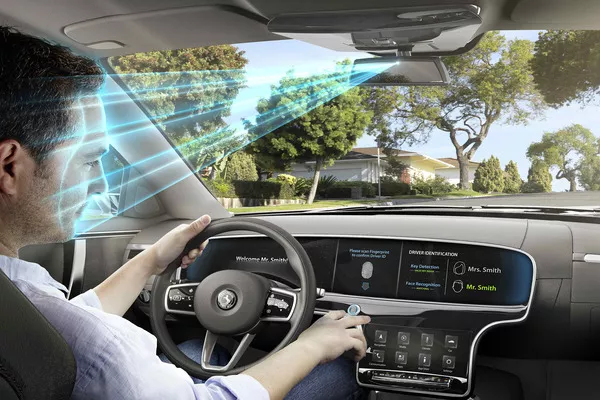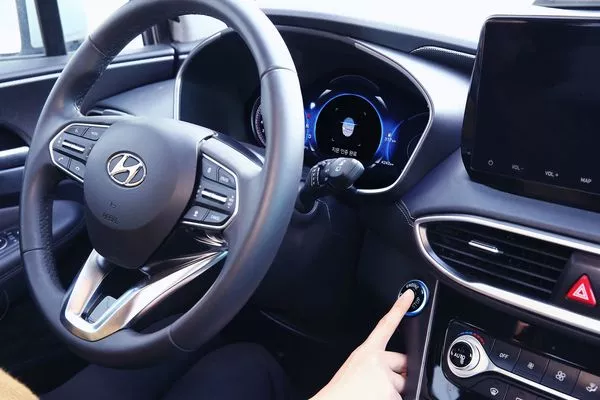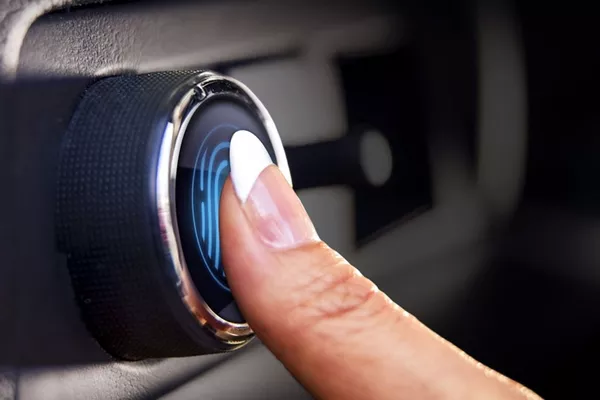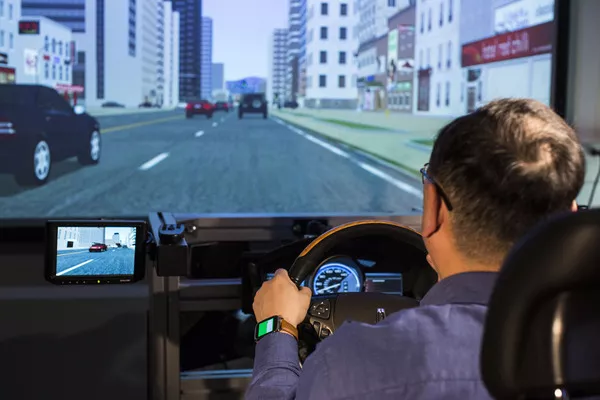Indeed there’s no stopping the innovations that science and tech keep introducing to us. Most of us have only seen the idea of biometric and vehicles working together in science fiction and spy movies. What a lot of people don’t know is that this is already possible.
However, it uses expensive technology that’s why the world hasn’t seen much of the actual biometrics-enabled vehicle.
If you’re one of those people who always turn down the sight of biometric-activated vehicles in fiction films, Philkotse.com is here to inform you about a couple of facts about the real biometric seats we have today.
1. Provide maximum security and high accuracy
The biometric access system installed in vehicles has the capabilities to match the user’s behavioral and physiological abilities to activate the access monitoring system. Some of the vehicle assembly that you can find in the market has various lock systems that require biometric seats and driver identification.
These are usually installed on the steering wheel and sometimes, the automatic engine starter in other high-end vehicles.
Accuracy is the major advantage of having biometric-secured vehicle and operation systems. These types of vehicles won’t require twist keys, fob keys or even a password. That eliminates the possibility of having other people gain access to your vehicle.
Even though standard fob keys have their own level of security, biometric-locked vehicles will require one-of-a-kind information like retina scans, voice recognition and fingerprints.

Accuracy is the major advantage of having biometric-secured vehicle and operation systems
>>> Read more: 3 effective ways to enhance your car safety.
2. Give cars the ability to self-immobilize
Since biometrics-enabled vehicles will require a set of specific characteristics in order to unlock full access of the vehicle, any attempt to cheat or to steal the vehicle will prompt its security features.
The automotive biometric industry can be categorized into different segments that include (but isn’t limited to) steering lock and immobilization as well as a biometric capture device. Of all these technological advancements in regards to automotive and biometrics, the immobilization protocol is known to be one of the major growths when it comes to vehicle security.
This has been proven by the reduced cases of vehicle theft in countries where thousands of vehicles were installed with immobilizers.
This immobilizing action is prompted by the assembly that’s embedded into the car’s ECU. This means that if an unrecognized thumbprint or iris scan has been detected by the vehicle, the engine will not start.
The report of reduced theft rates concerning vehicles has spread across the world’s automotive industry. This has ignited people’s interest and efforts to take initiative and install this kind of security measures even in their low-end vehicles.

The automotive biometric industry can be categorized into different segments
>>> Also check: Self-driving car: 9 advantages for Filipino drivers.
3. Control the car engine using only your fingerprint
The biometric automobile locking technology is basically answering two of the major concerns of car owners. One is the case of vehicle theft, which is the more serious matter and two is drivers losing and misplacing their keys most of the time.
Innovators are working non-stop in order to achieve their goal of having a fingerprint-activated engine stop and start system. This won’t only prevent thieves from hot-wiring the vehicle, but this will also eliminate the problem of misplaced and lost keys for a lot of drivers.
Depending on the software and settings, the biometric switch can only be activated by a particular number of people whose biometrics has been added into the software. That means no more looking for keys which makes it super convenient to stop and start the vehicle.

A biometric switch can only be activated by a particular people whose biometrics has been added into the software
4. Alter the vehicle depending on who’s driving
As stated above, the biometrics software in a single vehicle can actually collect and store physiological data from more than one person. That means it’s not only the sole owner of the car who can drive it. This also includes everyone else who he permitted to record their biometrics in his vehicle.
Because not all drivers have the same height and span of arms and legs, you would always get in your car and start adjusting almost everything in it – especially if someone used it before you. This includes the side mirrors and rear-view mirrors so you can see properly.
You would also adjust the seat depending on your height and how long or short your legs are. Well, thanks to the biometrics-based automotive solutions, you won’t have to go through this anymore.
Biometric seats explained (On Cars)
Once the vehicle collects your biometrics, the system will start to collect your preferences when it comes to music taste, usual GPS searches, mirror positions, seat distance from the steering wheel and so on.
The system also does the same to the other drivers who utilize your vehicle and saves their biometrics into the system. It also saves their preferences and keeps the data.
So whenever you scan your fingerprint, your biometrics system will recognize that it’s you. This will prompt the rest of the vehicle to a position in accordance with your preferences. This includes the air conditioner, the audio system’s volume and so on.

The biometrics software in a single vehicle can actually collect and store data from more than one person
Advanced biometric and vehicle technology can also monitor the driver’s bodily activities. This includes heart rate, blood pressure, and other vitals. The system installed in the vehicle can also be programmed to detect if the driver has a disability.
The artificial intelligence will then formulate a way to the vehicle will be easier to maneuver for the driver. This AI will also utilize every aspect of the vehicle, including cameras, to spot incoming causes of accidents so it could immediately alarm the driver and make a safer driving.
>>> Read more: A complete guide to safe driving in the Philippines.
5. Biometric seat technology takes us one step forward into the future
People way back in the previous centuries have envisioned the future to have flying cars and who knows what else. Although we haven’t gotten any closer to that to this day, the implementation of biometrics in vehicles is something that innovators should definitely be proud of.

The implementation of biometrics in vehicles is something that innovators should definitely be proud of
People back then may have already thought of this, but it’s only now that we had successfully put the use of biometrics into actual, running vehicles. This innovation is clearly a stepping stone for more innovations to be discovered.
Recent posts
- Things you might not know about Multi Media Interface (MMI) system Jun 19, 2019
- Study in UK says in-car technologies causing reliability problems May 18, 2019
- CES 2019: Self-driving cars, electric vehicles, connected technologies & more May 03, 2019
- 5 things you need to know about baby car seats Aug 16, 2022
- Making Peace with Your Car Seats Feb 21, 2019












